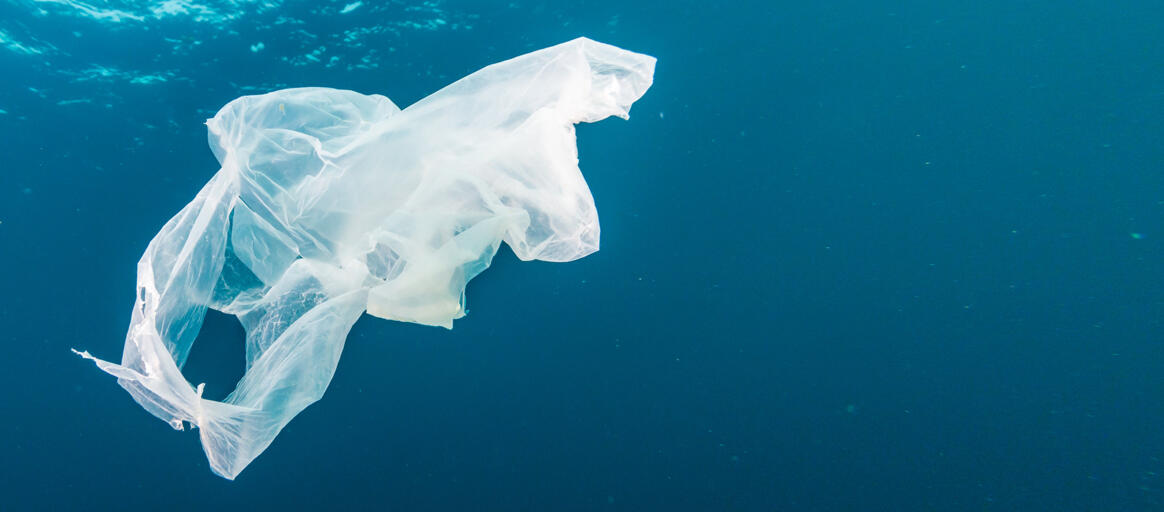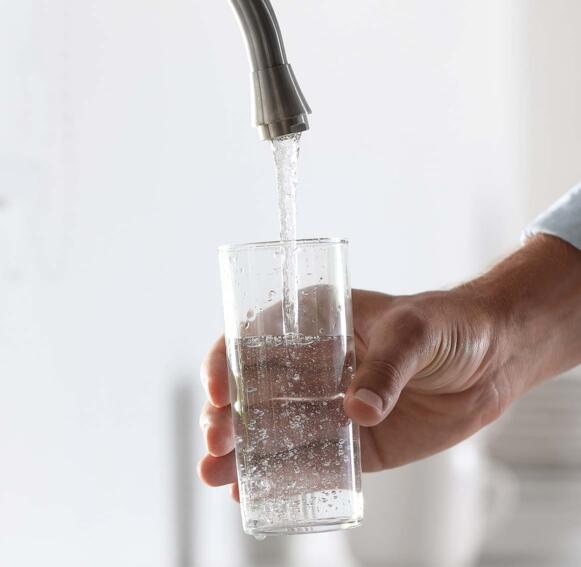Plastic in salt: tackling the problem at source
With alarming regularity, we get to hear about studies and news reports on microplastics: these are the minuscule residues of plastics that end up in our food through the fish, shellfish, salt, bottled water and sugar we take in, for instance. Scores of food products have already repeatedly been investigated. Time and again, the conclusion is that they contain microscopically tiny plastic particles. Consensus is yet to be reached on the effects on the human body, but it is clear by now that the problem is a global issue that needs to be tackled at source.

The natural sea salt is extracted in protected areas, far away from industrial or polluting activities. After it has been harvested, the salt is repeatedly washed.
What are microplastics and how do they come about?
Microplastics derive from the huge amounts of plastic that end up in the natural environment all around the world (microplastics have been demonstrated to exist in water, soil, as well as the atmosphere). Estimates from the European Commission place the annual amounts involved at 5 to 13 million tonnes of plastic fibres and rubber that are degraded into microscopically small particles. These particles are not only caused by poorly recycled plastic waste, but also find their origin in so-called microbeads and synthetic fibres used in certain types of personal grooming products such as toothpastes, shampoos and textiles.

Microplastics in foods
Microplastics have also been established in a highly diverse range of foods of marine origin such as fish, shellfish and sea salt. But there is more to it than that. Microplastics have also been found in salts of other origin, sugar, honey, beer, ground and tap water. And just recently, we had news reports from the United States that microplastics are now even found in bottled water (both plastic and glass bottles) sold by well-known brands.
It is important to know that the way in which foodstuffs are produced and the type of packaging materials used also has an impact.
Impact on human health
Experts have yet to agree on the potential consequences for human health. At present, there is insufficient data to corroborate the harmfulness of microplastics. Further research into the actual effects on the human body remains to be conducted. Nor have any legal limits been set out for microplastics in foods.
Should we be concerned? Looking at salt in particular, our daily intake amounts to an average 6 to 8 grams. Three quarters of this total daily intake is contained in the food we eat. The direct intake of salt, for instance by salting our food, is limited to an average of 2 grams a day. Looking at the amount of microplastics found in salt, we are dealing with a maximum of 17 particles a year in terms of direct intake. By way of comparison: 1 litre of bottled water contains 325 particles on average. Drinking 1 litre of shop-bought water a day, this works out as a potential intake of 118,000 particles a year.
Measures on a macro-scale and at ZOUTMAN
A number of countries have already put in place the first tentative steps to arrive at a general ban on the use of microbeads in cosmetics. The European Union has also devised a strategy requiring all plastic packaging to be recyclable by 2030. In Belgium, a deposit scheme for plastic bottles is on the table.
Needless to say ZOUTMAN is doing everything in its power to avoid microplastics. For starters, the natural sea salt is extracted in protected areas, far away from industrial or polluting activities. After it has been harvested, the salt is repeatedly washed. During production, microscopically small salt dust particles and any microplastics are filtered out and removed as widely as possible. And finally, our innovative packaging also helps to drive down the use of plastics in the future.